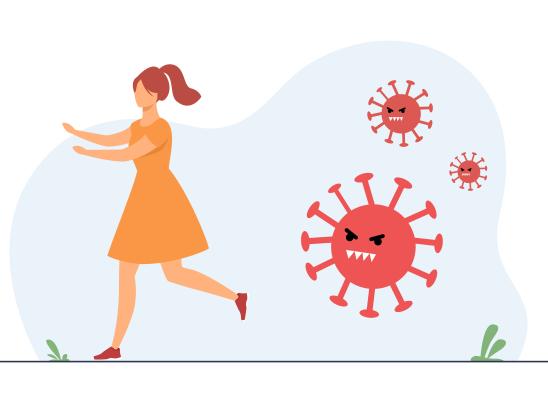n-acetylcysteine for Dermatillomania
Online test
Find out the severity of your symptoms with this free online test

What is n-acetylcysteine?
N-acetyl cysteine comes from the amino acid L-cysteine. Amino acids are the building blocks of protein, which plays an important role in almost all biological processes. N-acetylcysteine is a pharmaceutical drug and nutritional supplement that can be found at nutrition and health food stores, commonly claiming antioxidant and liver protecting effects. It has primarily been used as a mucolytic because it breaks disulfide bonds in mucous, thinning abnormally thick mucous in cystic and pulmonary fibrosis patients. It is also used in the management of paracetamol and for sulphate repletion in conditions as autism, where amino acids such as cysteine are believed to be depleted. So then how is this relevant to skin picking disorder?
Effectiveness with BFRBs
One of the leading researchers in the field of impulse control disorders, Dr. Jon Grant conducted a study to determine the efficacy and tolerability of N-acetylcysteine in adults with trichotillomania (hair-pulling disorder). The study showed that 56% of the subjects reported “much or very much” improved on NAC compared to 16% on placebo. Significant improvement was initially noted after 9 weeks of treatment and was well tolerated by participants of the study. Although this was a relatively small study, conducted over only 12 weeks, the results are very promising. However, Dr. Grant points out that cognitive behavioural therapy (CBT) is still proven to be the most effective treatment approach for body-focussed repetitive behaviours (BFRBs) such as skin picking disorder, and it is therefore recommended that n-acetylcysteine be taken in conjunction with CBT to maximize results. CBT can be in the form of face-to-face therapist interaction, group therapy, or virtually such as the online therapy course offered at skinpick.com. It has also been hypothesized that although the study focused on the use of n-acetylcysteine with trichotillomania, the mechanism by which it works may be applicable to other BFRBs such as skin-picking and nail biting disorder as well.
How Does It Work?
The pharmacological action of n-acetylcysteine can be quite complex to understand. The key mechanism by which it operates in psychiatry appears to be centred on its relationship with levels of glutamate in a certain part of the brain, which is believed to make it easier for patients to decrease unwanted behaviour. Glutamate, like cysteine, is an amino acid, but acts as a neurotransmitter, and is usually involved in learning and memory. It also is an excitatory neurotransmitter, which means it stimulates areas in the brain or other parts of the nervous system. It is believed that an excess of glutamate contributes to problems in mood and anxiety. The relationship between cysteine and glutamate means that an increase in cysteine results in a lower the amount of glutamate stimulation getting through to some neurons.
How Much Should I Take?
Dr. Grant’s study only looked at the correlation between n-acetylcysteine and improvement in trichotillomania. Now that a correlation has been established, the next step would be to conduct studies into the longevity and efficacy of it in the management of BFRBs. Dr. Grant’s study was only 12 weeks in duration and as such is not able to clinically prescribe optimal dosage and administration guidelines. However, Dr. Grant has advised that the dosages used in the study would be a good starting point. In the study between 1200mg and 2400mg per day was administered and it is believed that some people would benefit from dosages as high as 3600mg per day. People are also advised to take the split the dose in to two doses over the course of the day as it only stays in the system for 8 to 10 hours. It is therefore advisable to take it as close to the time of day that picking is generally most prominent.
Are There Side Effects?
The study showed no adverse effects to the supplement by any of the participants. Since n-acetylcysteine is an amino acid it is considered safe for use. However, experts caution that pharmacological approaches should always be adopted with caution and under the guidance and supervision of a medical practitioner. While this research offers hope to many, the importance of CBT as a primary treatment approach, with n-acetylcysteine supplementary to this continues to be emphasized.
Where To Get It?
NAC is easy to find and can be bought legally over the counter in pharmacies and supplement retailers. It is also available online through Amazon. You can find 100, 600 mg tablets for between $6 and $20.
Online test
Find out the severity of your symptoms with this free online test
Start your journey with SkinPick
Take control of your life and find freedom from skin picking through professional therapy and evidence-based behavioral techniques.
Start Now



